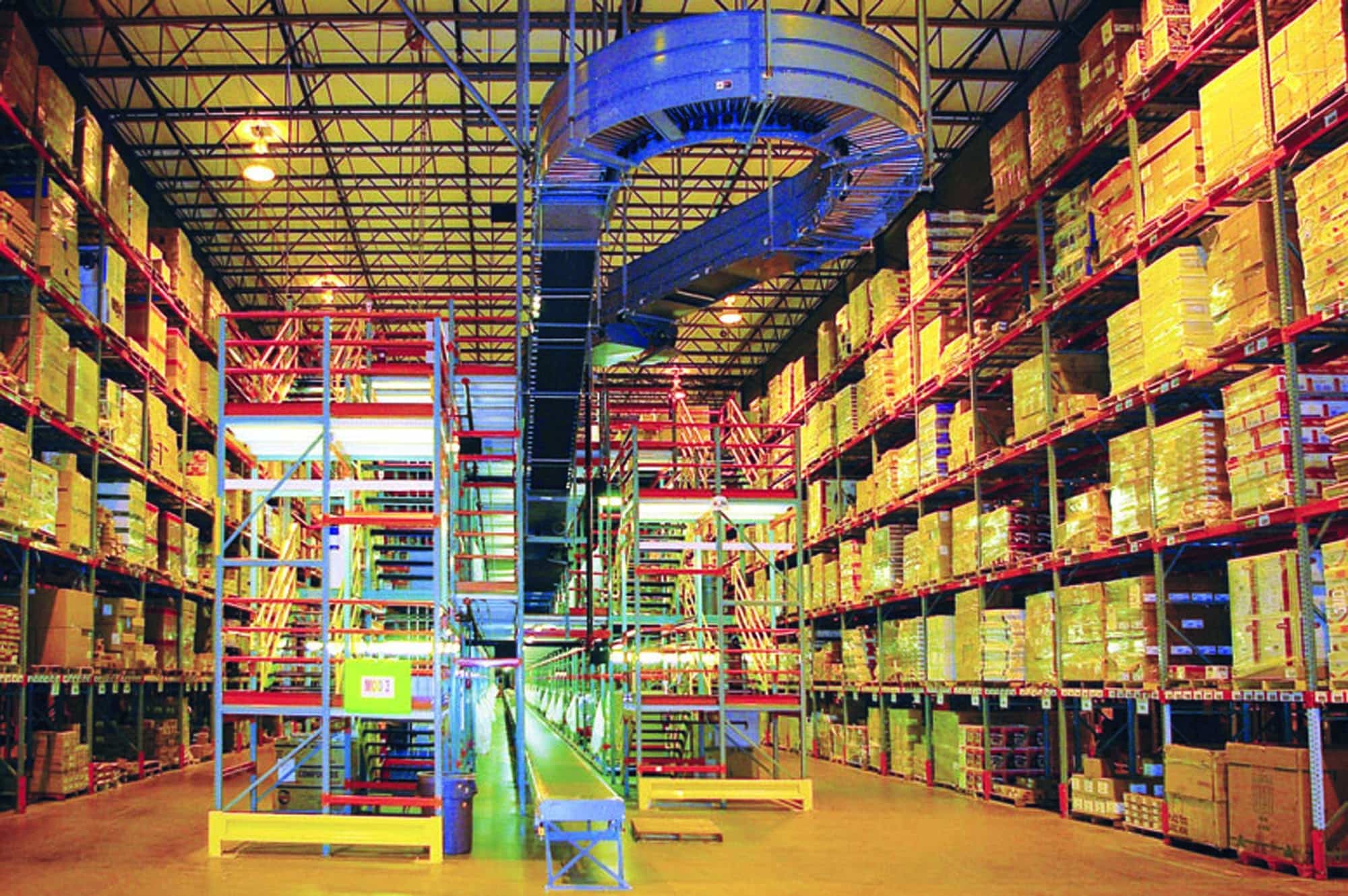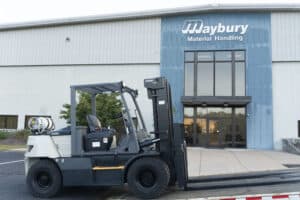IMPROVE YOUR E-COMMERCE WAREHOUSE
1. Start small by implementing a cluster-picking strategy.
By picking into multiple order containers (e.g., totes containing order batches or discrete order totes), companies can effectively pick multiple orders at one time using a single cart. And, make sure that cart is sizable (i.e., 5 feet x 2 feet with at least two or three shelves) and able to handle the multiple orders, Don’t use tiny, 2 foot x 2 foot carts to pick two items and then push those orders across the entire warehouse. Drive up your pick rates by have larger carts, instead of having to make 20 trips through the warehouse to pick 20 orders.
2. Develop all-purpose facilities that “talk” to one another.
Over the last few years, there has been more emphasis on creating all-purpose facilities that can handle small orders, medium orders and large orders—and that can do it all in a very accurate manner. Now, firms are using IT-enabled systems and distributed order management (DOM) solutions at both the distribution and the retail levels to ensure smooth and seamless processes to and from those all-purpose warehouses and DCs. The goal being to ship inventory from any point, stores included and in a way that allows companies to accurately maintain inventory accuracy and follow through in a very cohesive manner. You can’t do it all in one place (i.e., the warehouse) and not in other (the store).
3. Design facilities with omni-channel in mind.
Defined as a multichannel approach to sales focused on providing customers with a seamless shopping experience—be it shopping online, ordering by phone, or shopping in a retail store—omni-channel is a primary focus for product-oriented companies. That focus has transcended the modern-day supply chain and is impacting the way organizations design their warehouses and DCs.
Consider, for example, the company whose materials handling system is really only going to get over-stressed for a short period of time during the course of a year (during the holiday season or the summer, for example). In this case, having a DC that handles direct to consumer (D2C) retail, D2C e-commerce, and wholesale distribution under a single roof can eke out the most value from its automation and its available labor force.
This way you don’t wind up with a facility that only sees heavy use for short periods. Additional omni-channel best practices include simplifying processes for temporary workers (e.g., by using voice-directed picking) and reducing learning curves for those employees. Someone who has never been at a specific location before can get very minimal training and be productive within a short period of time.
4. Level-load orders year-round to offset spikes and lows.
Distribution Center managers are concerned with how to even out the ebbs and flows of their companies’ e-commerce fulfillment operations. They’re trying to find a better way to achieve balance throughout the year and also have a more stable workforce, particularly when these managers have 100 to 200 temporary employees coming in to help during the holidays. In some scenarios, ensuring that orders are level-loaded throughout the year can help offset at least some of that temporary labor challenge. With level-load orders, there isn’t as much immediacy, which basically drives people to call a temp agency on Monday morning with a request for hundreds of workers. Try to avoid creating a hole that you might not be able to dig yourself out of in time to still beat the holiday delivery deadlines.
5. Turn to your WMS for help.
If you thought your warehouse management system (WMS) was only for tracking inventory levels and identifying stock locations, think again. Today’s WMS solutions are well equipped to take on some of the key challenges associated with e-commerce fulfillment. The retail fulfillment picture has changed, and there are much higher volume of smaller orders—a trend that’s pushing companies to invest in more automation.
In some cases, WMS vendors are stepping up to the plate and building more automated processes in their systems, all with the goal of enabling the “goods-to-person” process. For instance, some WMS vendors are building put-wall functionalities into their applications that allow employees using put-to-light or pick-to-light technology to select two or three items from one order and put them into one box for shipping.
6. Understand the seasonality of your business.
It’s no secret that U.S. e-commerce sales growth continues to outpace stores. During the third quarter of 2016, for example, the Internet represented 11.3% of total retail sales, up from 10.9% during the second quarter, according to the U.S. Commerce Department. But not all e-commerce sales are equal, nor do they all warrant the same amount of attention and energy. Consider the fact that the retail wholesale holiday surge comes at a different time than the direct consumer holiday surge. Where a distribution center handling wholesale orders may be busiest from September through November—as it strives to get product out to the stores in advance of the shopping seasons—the warehouse managing D2C orders probably has its biggest labor needs during the month of December.
If you have both of these operations under one roof, you have to be able to smooth that out on the labor front.” In some cases, that may mean having a year-round staff that’s augmented from September through December with temp workers who can help carry the operations through its busiest period. Also, if you time it right, that temp labor can be easily carried through both periods. When you understand the seasonality of your business, you can make these types of decisions and save the hassle of having to re-hire and re-train workers. You can just better leverage your common labor pool.
7. Test out the “pop-up fulfillment” approach.
Much like a retailer would open a pop-up store to take advantage of a particular shopping season (i.e., a holiday-oriented shop that fills empty/available mall space only from October-December), companies are leveraging pop-up fulfillment locations to accommodate their e-commerce orders. This trend emerged in 2016, and is expected it to continue as companies strive to find the best possible ways to fill e-commerce orders from their warehouses and Distribution Centers. For instance, the organization that invested heavily in its core fulfillment centers, and that’s handling 100,000 SKUs in those facilities, might consider opening a smaller, regional facility to manage a portion of the fastest-moving SKUs.



